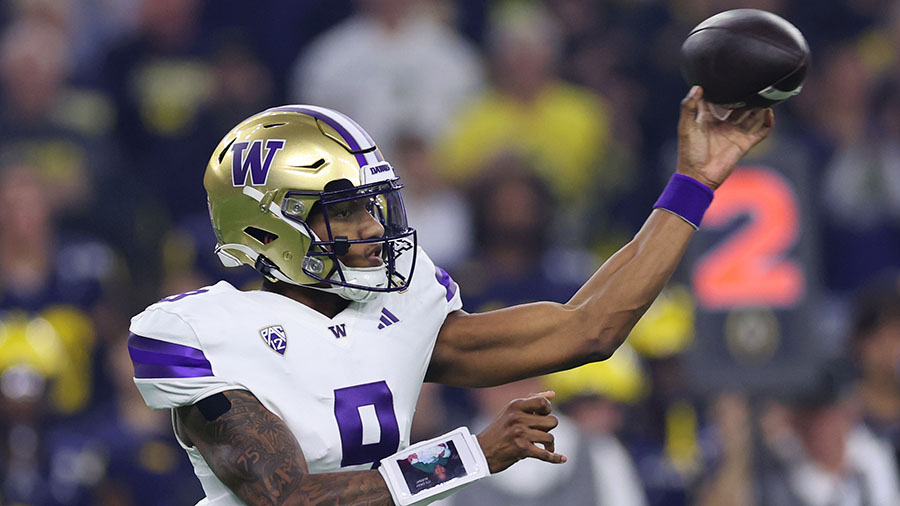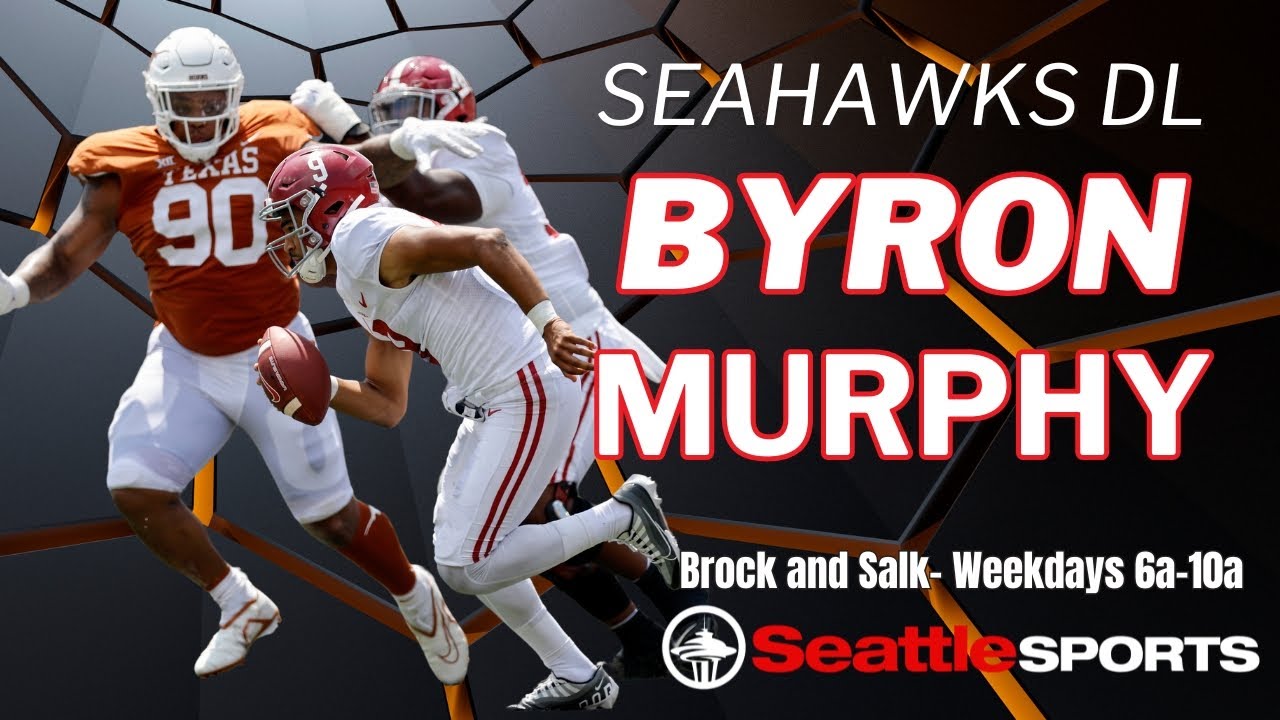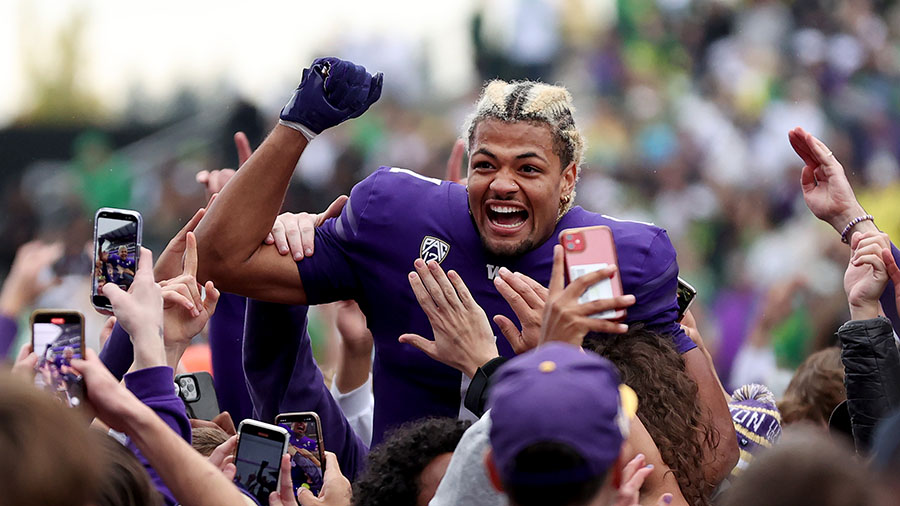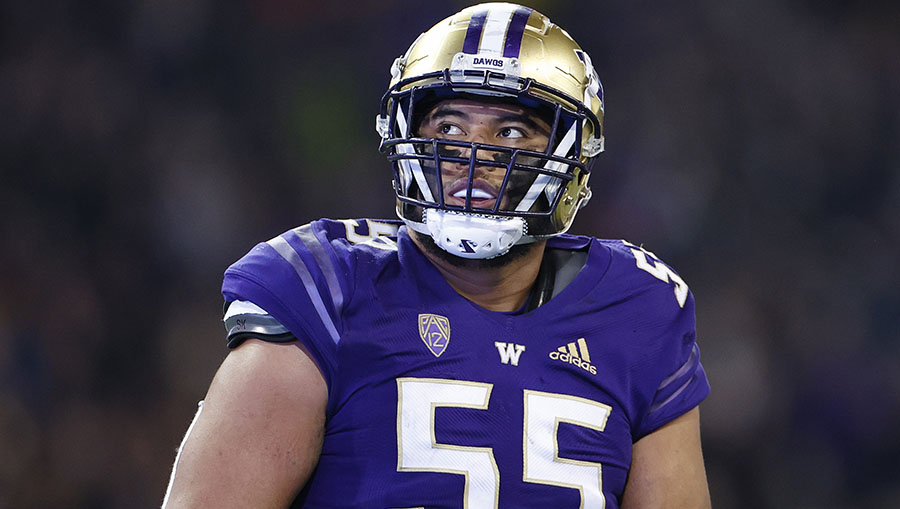A guide to salary-cap and free-agency terminology
Feb 27, 2014, 10:33 AM | Updated: 10:51 am
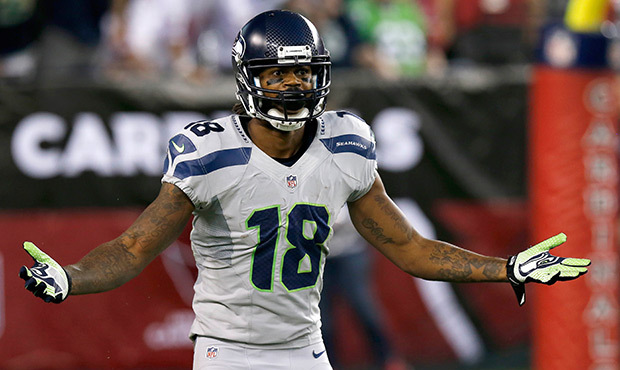
By Danny O’Neil
Rosetta Stone doesn’t teach NFL free agency, which is unfortunate.
It’s a language unto itself with its own vocabulary of terms like dead money and proration, which distill down what is some pretty darn complicated financial realities for NFL teams under the league’s salary cap.
And if you find yourself wondering just what it means to take a cap hit, well, it has nothing to do with headwear and you’re advised to keep reading for your beginner’s glossary to both free agency and salary-cap accounting.
Salary cap: It has been around 20 years in the NFL, and it is an annual limit on how much a team is allowed to spend on its roster. Last year, the salary cap was at just over $123 million. The cap for 2014 has not been announced, but it’s project to be more than $132 million, a significant increase.
Cap cost: This is how much a player counts against a team’s salary cap in a given year. This is not the same as a player’s salary. The cap cost is actually composed of the player’s base salary in that given year plus any bonuses earned or paid plus the prorated portion of the signing bonus he received at the time of the contract signing. What’s that you ask? We’ll explain next.
Used in a sentence: Believe it or not, tight end Zach Miller had the highest cap cost of any Seahawk in 2013.
Proration: A signing bonus is just what it sounds like, a bonus paid upon the signing of the deal. However, while that bonus is paid all at once, the cap cost (see above) of the signing bonus can be averaged over the length of the contract or five years, whichever is less. The result is that while a player receives the signing bonus all at once, the cap cost is extended over as many as five years into the future. And if that player is released before the end of that contract? Well, the portion of the signing bonus that has not been counted against the salary cap must be accounted for under the salary cap, often resulting in a cap hit (keep reading).
Cap savings: The amount of money a team will save against the cap by releasing a player. This is determined by taking the cap cost and subtracting the proration.
Used in a sentence: Releasing wide receiver Sidney Rice would result in a cap savings in 2014 of $7.3 million, which is the cap cost under his current deal ($9.7 million) minus the two-year pro-rated portion of his signing bonus ($2.4 million).
Cap hit: The amount of proration that must be accounted for if a given player is released. This is the portion of the signing bonus that has already been paid to the player – sometimes years before – but has yet to be counted against the team’s salary cap.
Used in a sentence: If the Seahawks do in fact release defensive end Red Bryant, it will result in a $3 million cap hit. His signing bonus was $5 million, paid in 2012. That signing bonus was prorated over the five years of the contract, meaning that $1 million of that counted against the salary cap each of the past two seasons. There’s $3 million left that must be counted against the cap.
Dead money: Same thing as the cap hit only this term is used in the past tense to refer to the cap cost consumed by players who are no longer on the roster. Releasing Bryant would entail a cap hit of $3 million. Once he is released, that would become considered dead money.
Got it? Good. Let’s try a new sample
Tight end Zach Miller’s current contract has a cap cost of $7 million in 2014. That number is the sum of his 2014 base salary ($4.8 million salary), unspecified bonuses ($1.2 million) and the prorated amount of his $5 million signing bonus ($1 million). The cap savings of releasing Miller would be $5 million, the dead money $2 million.
Well, that covers the subtraction of roster moves. Now, here’s the dictionary for additions:
Free agent: A player unsigned for the upcoming league year. Free agents come predominantly in two flavors: restricted and unrestricted.
Used in a sentence: The Seahawks have a number of unrestricted free agents, including offensive starters Golden Tate and Breno Giacomini. Doug Baldwin is the team’s top restricted free agent.
Unrestricted free agent: Just like it sounds. There are no restrictions on which teams the player can negotiate with, and nothing to prevent that player from signing elsewhere in the form of a right to match or compensation.
Used in a sentence: A player must have four accrued seasons in the league to qualify for unrestricted free agency.
Restricted free agent: A free agent with three accrued seasons in the league, who is free to negotiate with other teams with a few caveats. His original team has the right to match the terms of his agreement with the new team, thereby retaining the player. If the original team declines to match the terms of the new team’s offer, the original team is entitled to compensation from the new team. The level of that compensation will depend on the level of qualifying offer that is made.
Qualifying offer: The one-year contract offer made to a player with three accrued seasons, thereby making him a restricted free agent. This entitles the team – at the very least – to the right of first of refusal to match the contract terms a restricted free agent agrees to with another team. If the original team matches, it retains the player. If the original team declines to match, it is entitled to compensation. The level of that compensation depends on what level qualifying offer the player received. There are three different tender levels.
Original-round tender: This entails a one-year offer of $1.389 million, and entitles the team to a draft pick in the same round the player was selected.
Second-round tender: A one-year contract offer of $2.124 million entitles the original team to a second-round pick from the team that signs away a restricted free agent.
First-round tender: A one-year contract offer of $3.023 million entitles the original team to a first-round pick as compensation.
Used in a sentence: Because wide receiver Doug Baldwin was undrafted, an original-round tender would entitle Seattle to no compensation should he leave for another team. Therefore, he will almost certainly be tendered at one of the two highest levels.
Offer sheet: This is the term sheet a restricted free agent signs with another team. The original team then has seven days to decide to match the offer sheet and retain the player. Restricted free agents can sign an offer sheet up until May 2, after which they can not sign with anyone but the original team.
Franchise tag: This amounts to the most restrictive form of free agency. A team has the option of applying a franchise tag to one player during the two-week period from Feb. 17 to March 3. That tag entitles the player to a one-year contract that is either 110 percent of his previous year’s salary or the average of the top five salaries at his position, whichever is greater. A player who is designated with a franchise tag can negotiate with other teams, however, if he signs an offer sheet, which his original team has the right to match. If it doesn’t, it is entitled two first-round picks from the new team.
Used in a sentence: The Seahawks have not used their franchise tag in any of the previous three seasons and are not expected to this offseason, so don’t worry about it.


